In early February my friends and I surfed the friendly edge of a rather unfriendly winter storm, racing across the island of Newfoundland to catch the ferry across the Straights of Belle Isle to the Labrador coast.
Since the summer, we’ve been building a newly close relationship between our medical team and the search and rescue (SAR) team serving Labrador's north coast. This winter was the first time our annual winter camp included SAR exercises alongside our training in winter medicine, and time out in the open air.
Battered by high winds and thick ice (and escorted by Canadian Coast Guard icebreaker) ours was the first ship in three days to make it across the straights, and incredibly, into beautiful sunny weather on the south coast. From Blanc Sablon in northern Quebec, we drove 600km+ though the Labrador wilds, navigating freak whiteouts and the beauty of the wide, open country to get home to Goose Bay, arriving just in time to catch up with friends, pack our gear, and hop on our sleds the next morning for winter camp.
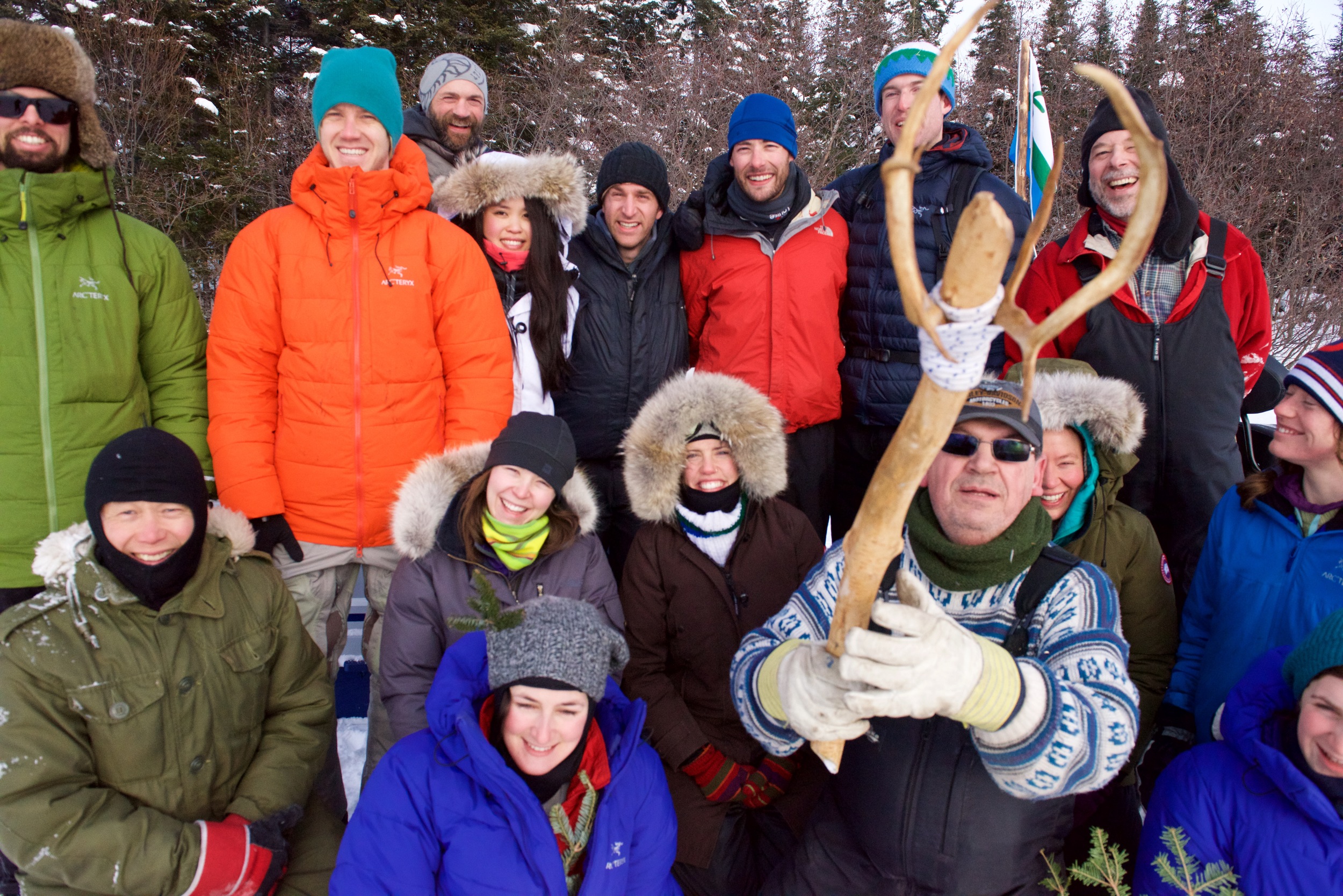
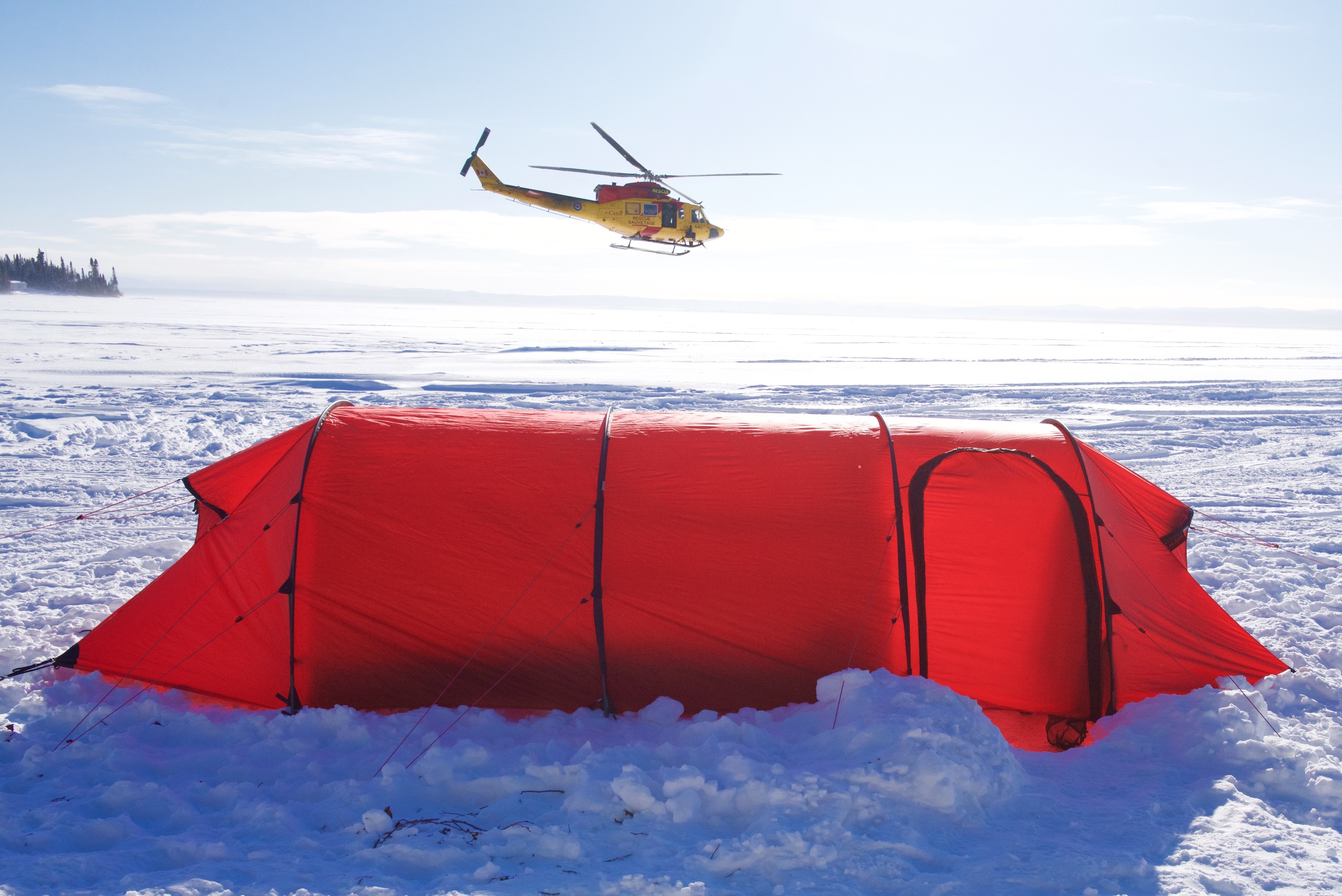
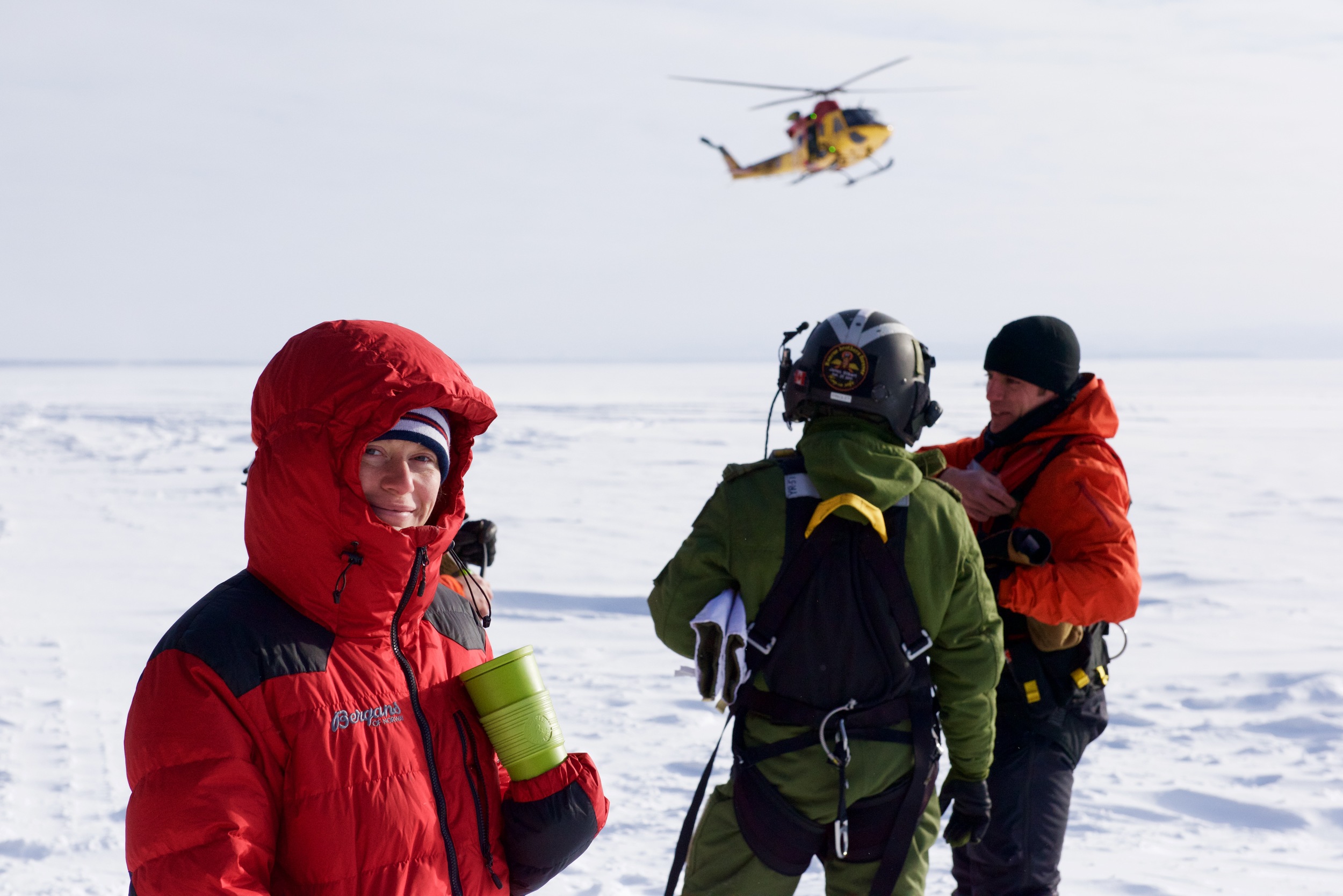
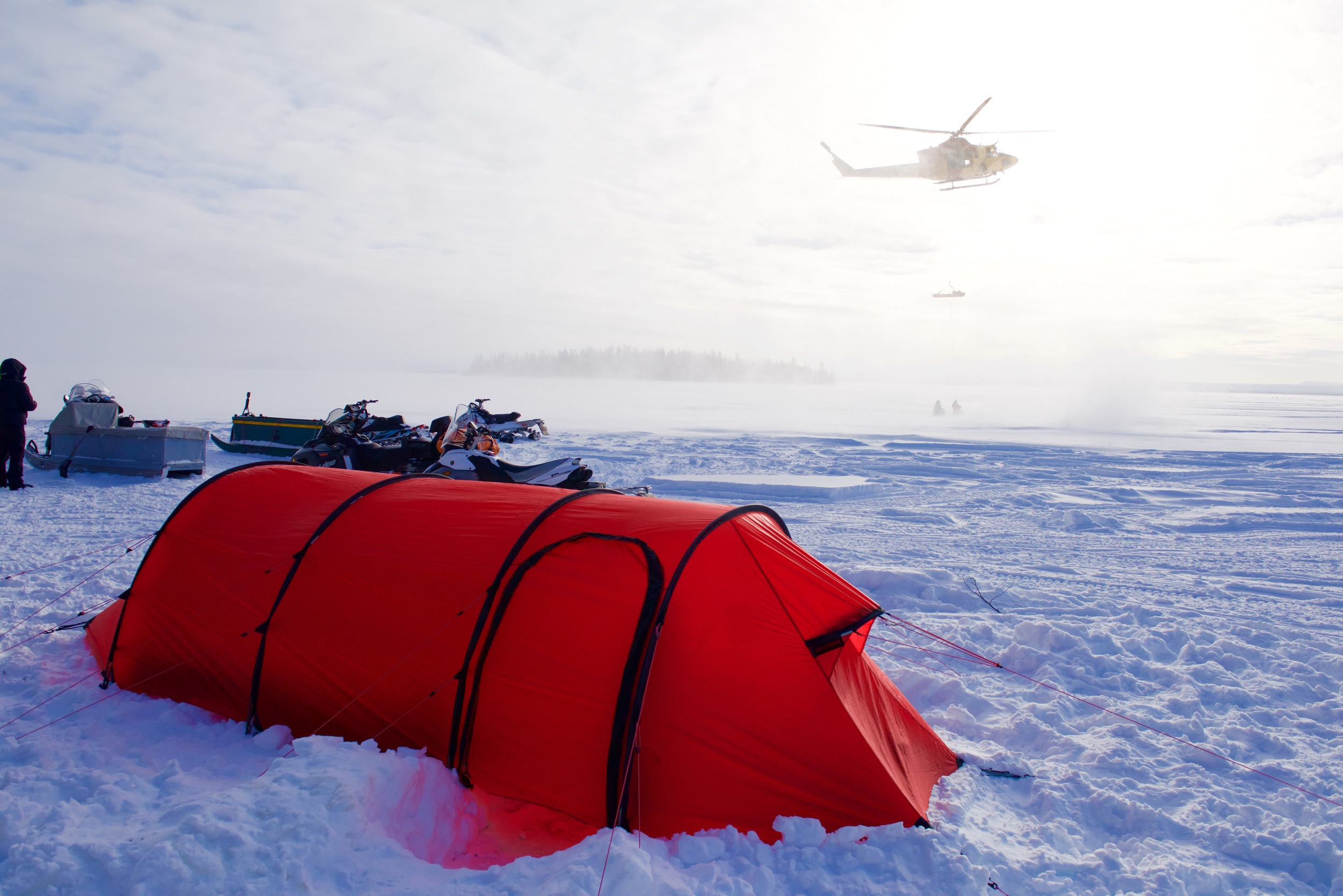
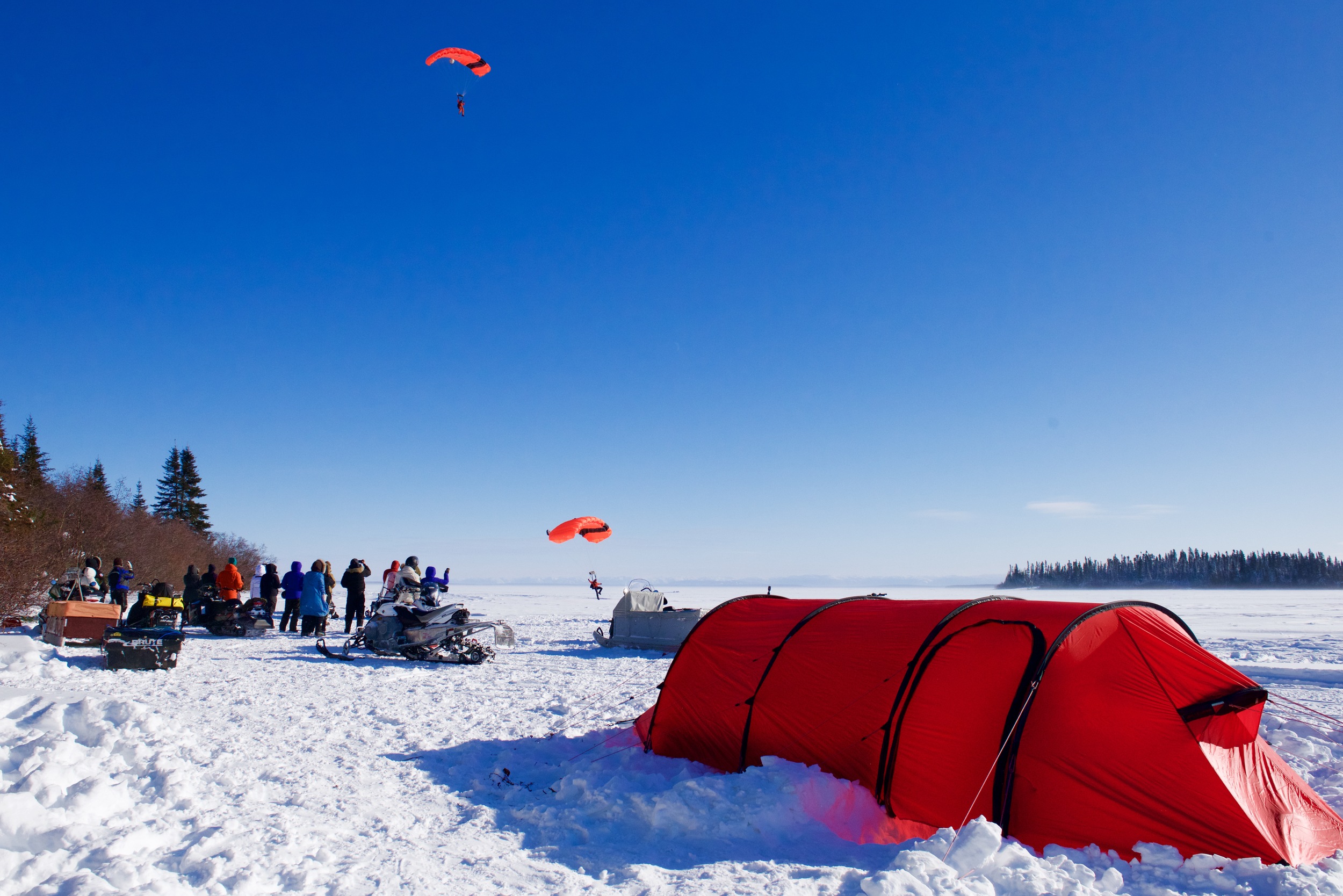

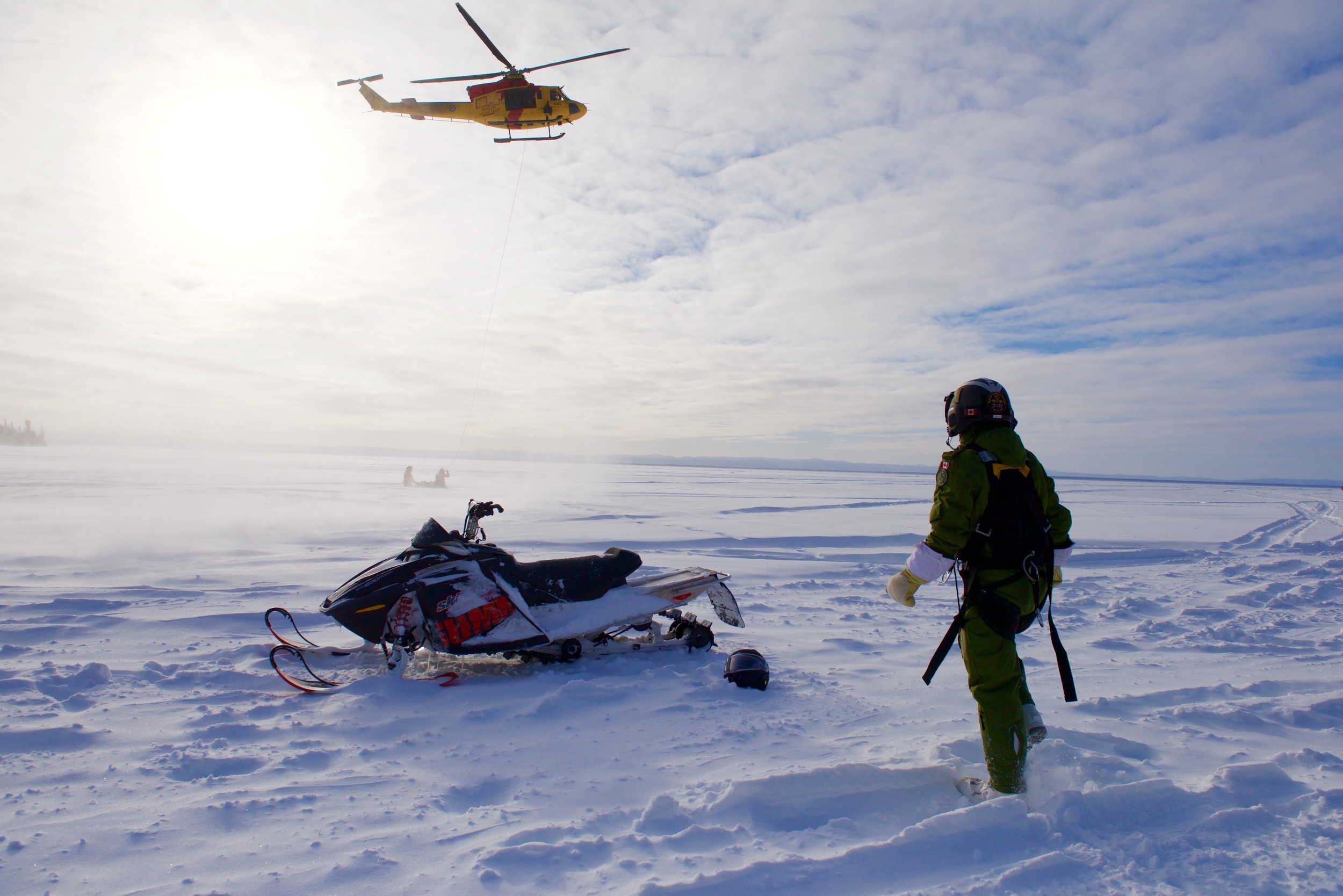
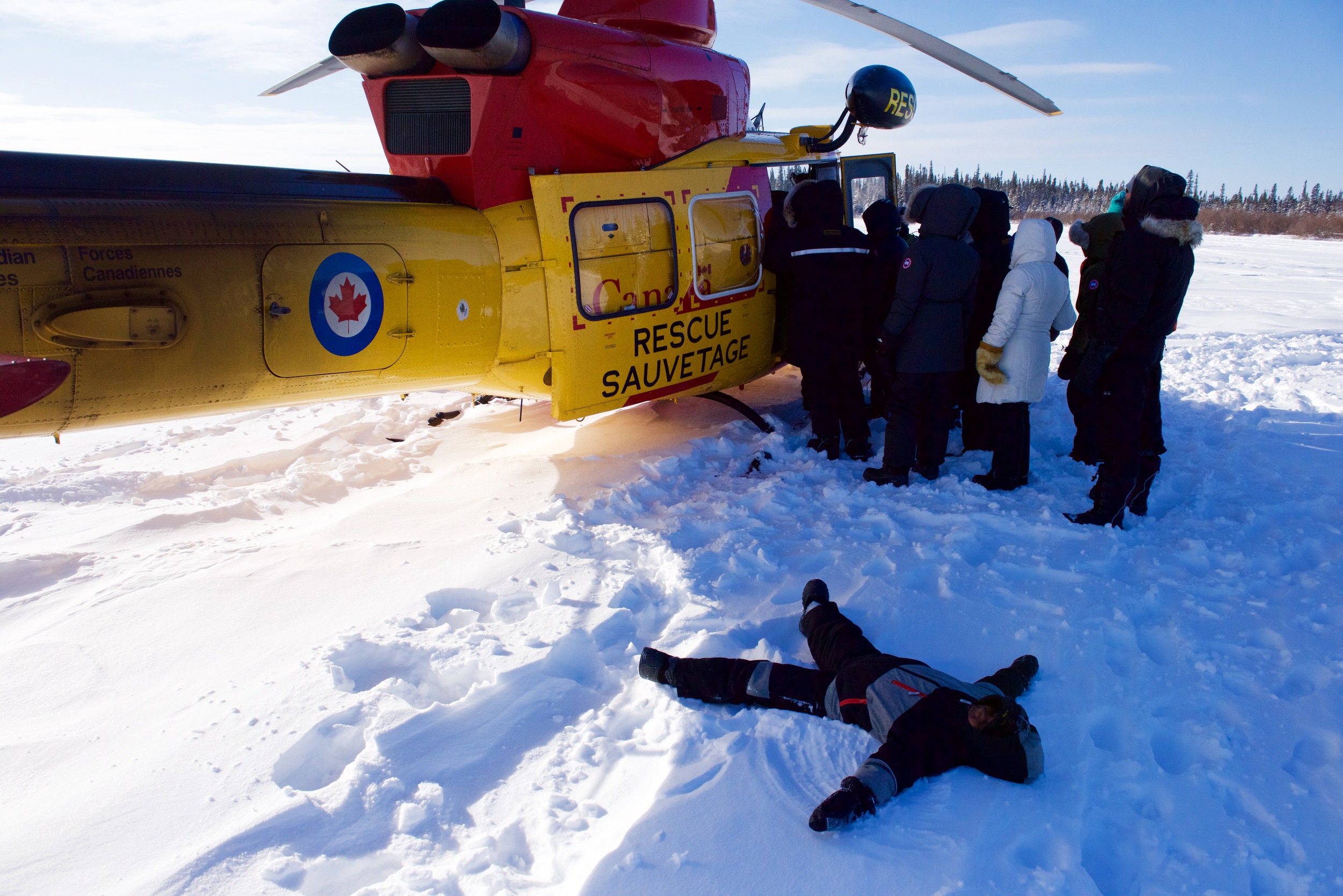
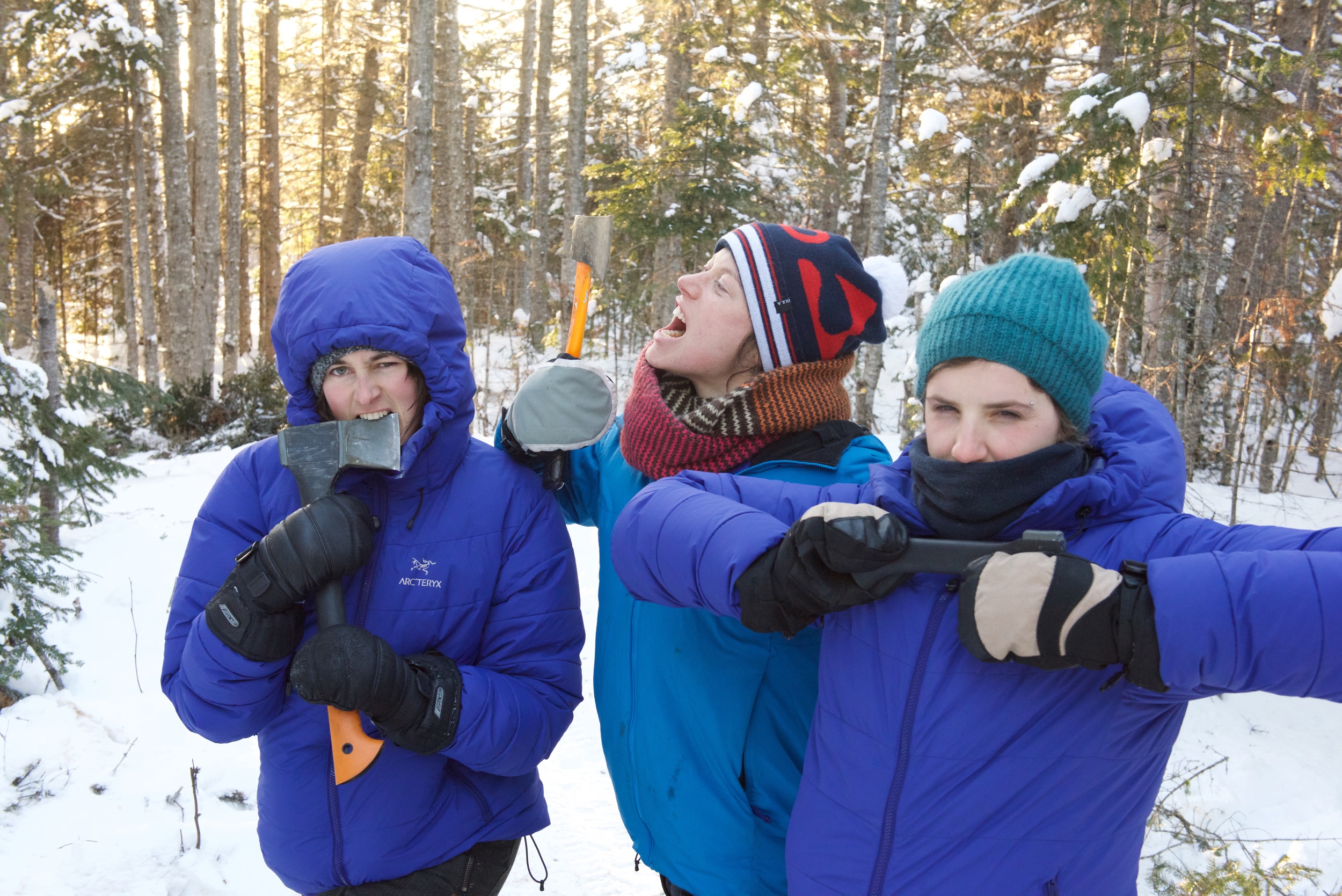
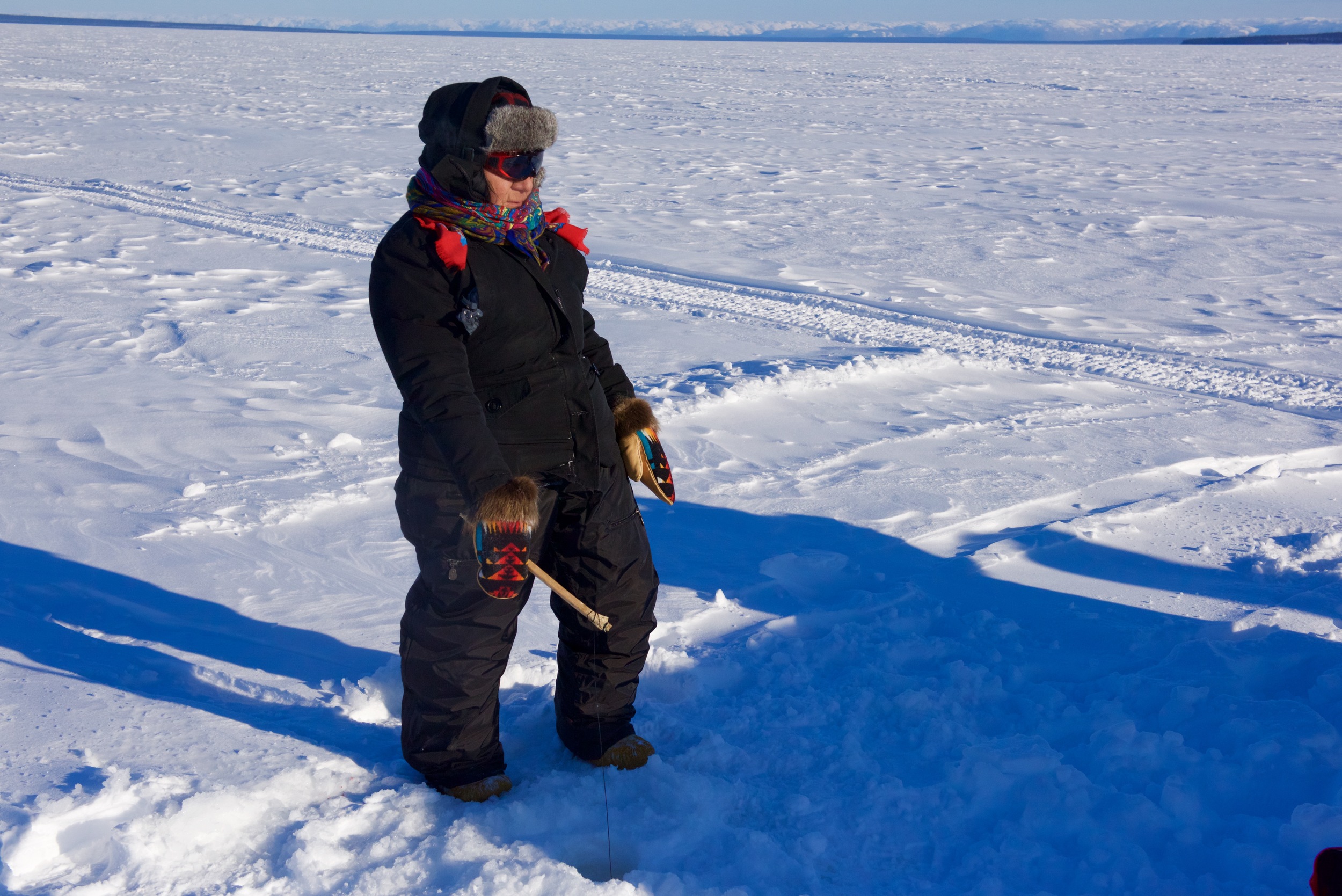
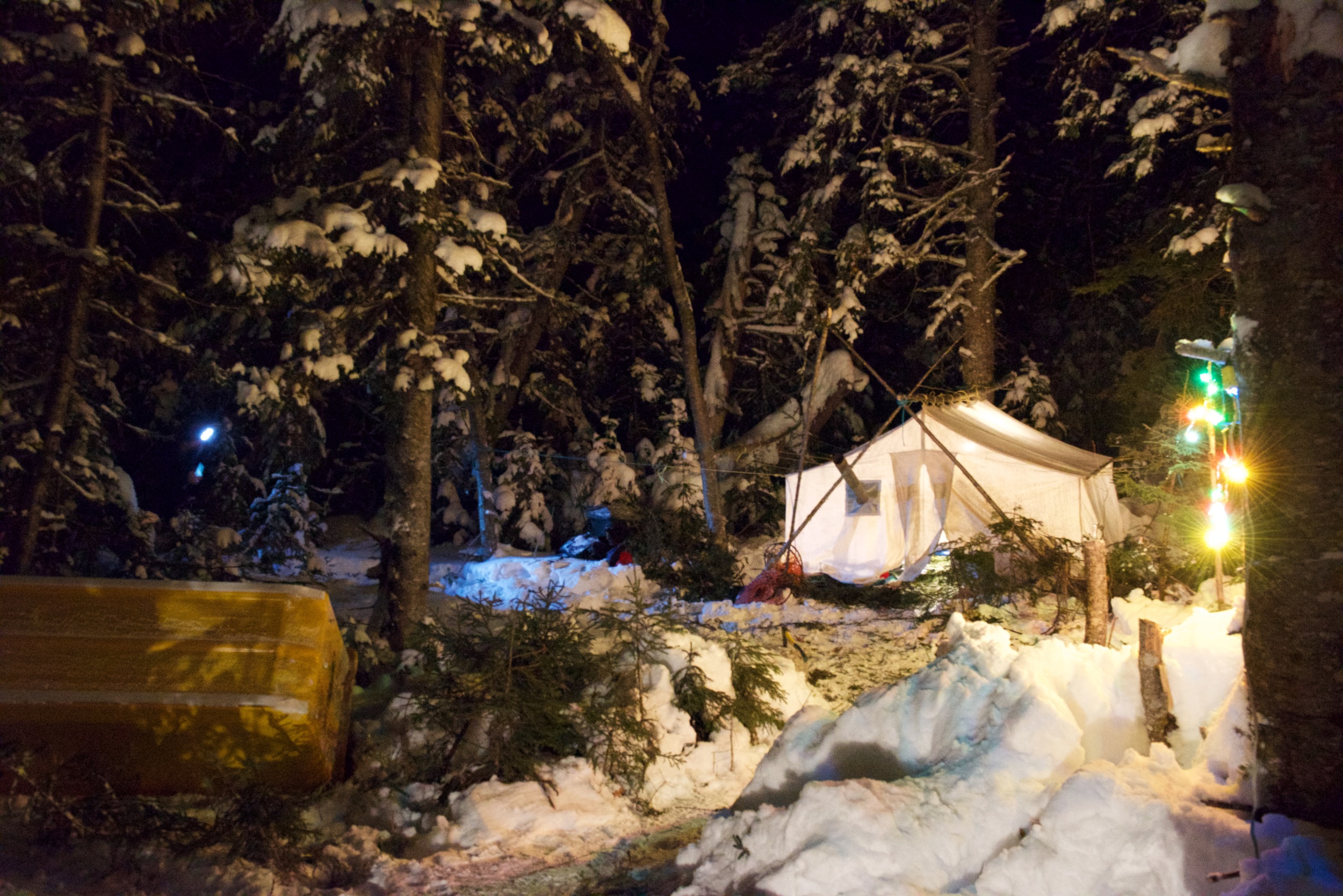
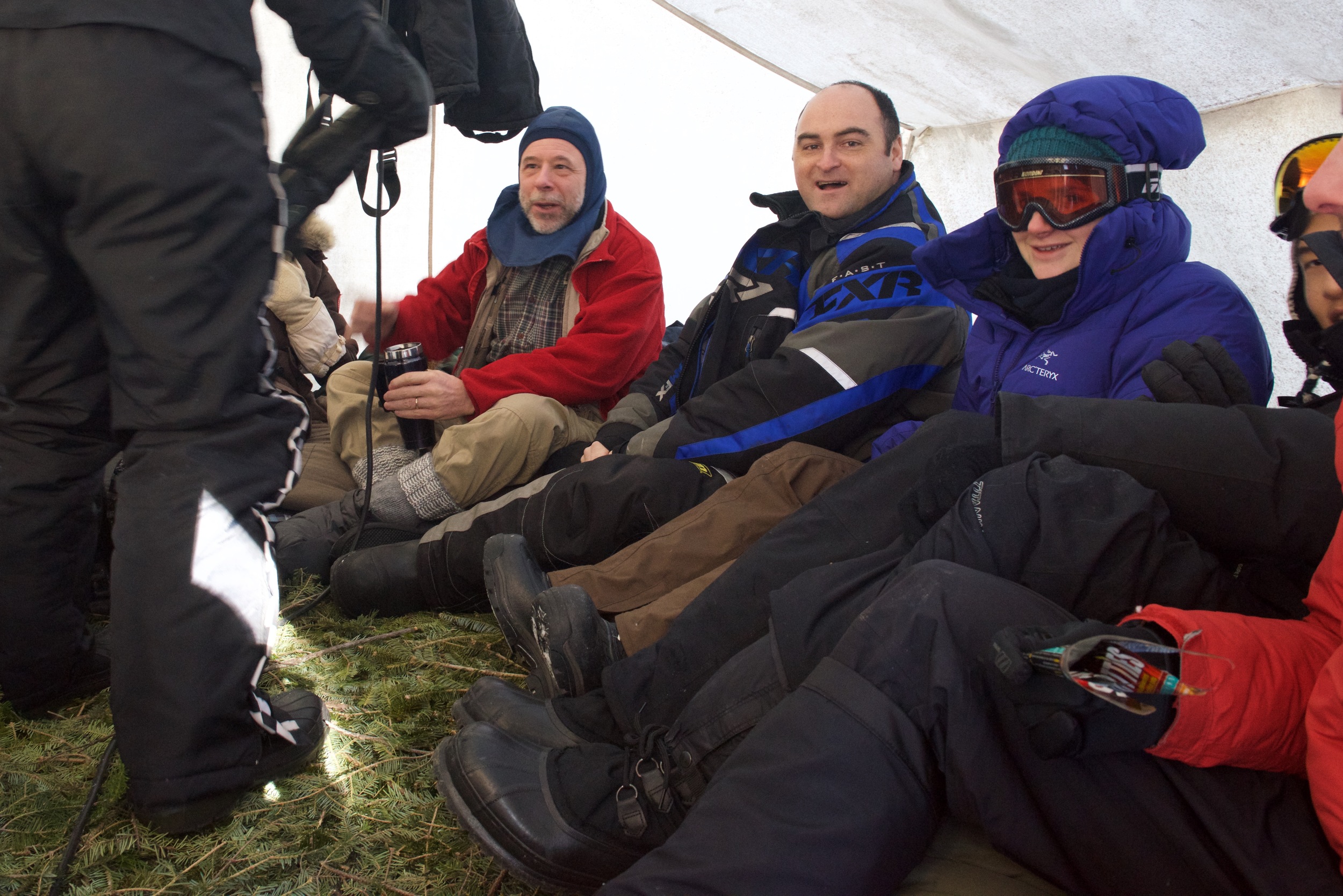
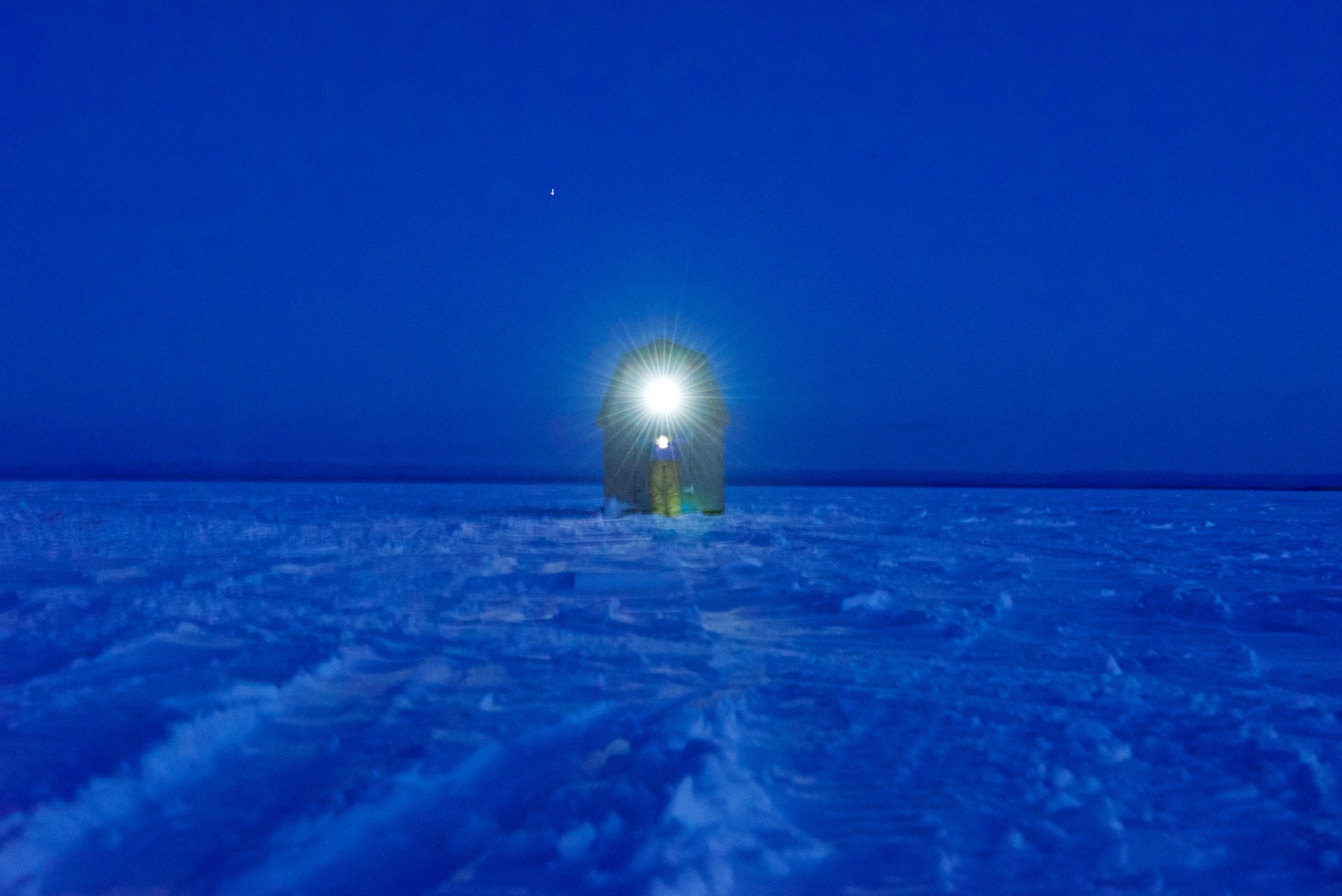
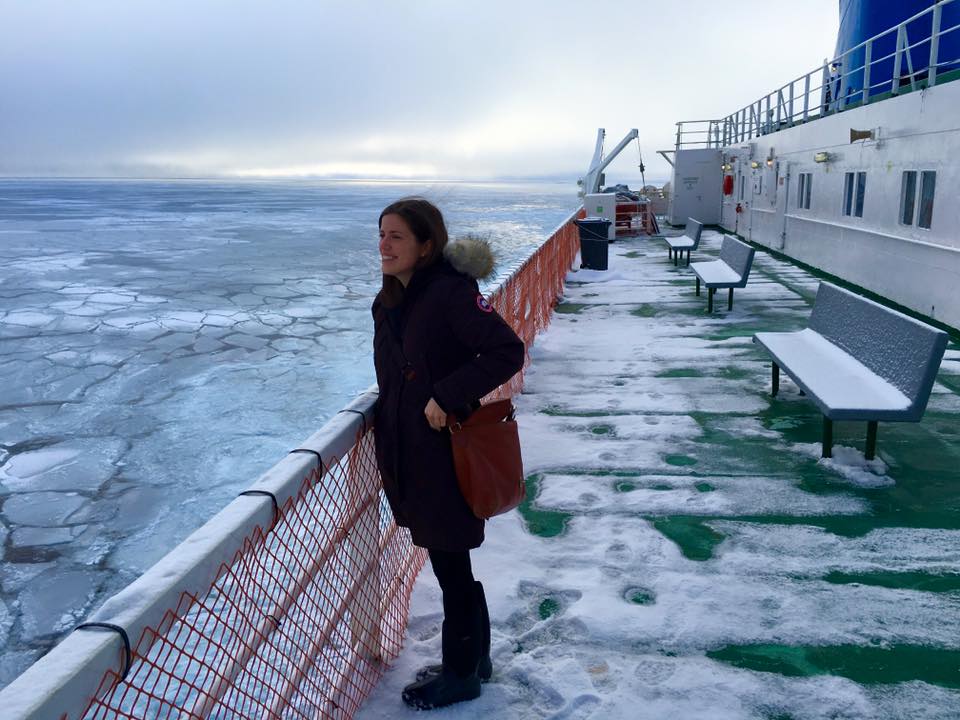

Following trails through town and woods to the open ice, we made our way up the inlet that leads from Goose Bay to the open ocean, finding a sheltered spot along the shore to set up camp. At our basecamp, we set up a large Innu tent and stove, cutting spruce boughs to make a soft, insulated floor.
Building a dwelling together is a powerful way to build community, too, and our tent really became an ideal home – warm, roomy, and cozy all at once, a place to cook, dry gear, warm up and snuggle, to share stories and dream new ones.
Gathering the ingredients of home from the world around us reflects the Nordic philosophy of outdoor living, Friluftsliv ("free air life") - a recognition that being in nature is returning home. Sitting in our warm tent, on a bed of fragrant spruce and balsam fur boughs, I found myself thinking quite a lot about the people in my life who've embodied this ethic - mentors like Norwegian-Canadian outdoor educator Mike Elrick, Arctic explorer Matty NcNair, my mom and dad, and so many others I've been lucky to share time with.
Mike, Matty, and my parents were part of a generation of outdoor educators who trained with Bob Pieh at Queen's University and the Canadian Outward Bound Wilderness school in the '70s. The simple idea that "there's more in you than you think" was central to their ethic of impelling young people into experience - that by being exposed to our world we're changed by it, better equipped to navigate it with resilience, compassion, and creativity.
For a taste of some old school OB, check out this film on Outward Bound Canada from 1975 - the outdoor fashion is fabulous, and really reminds me of the worn gear my parents used with us growing up. It's also full of OB wisdom, like this familiar gem from German educator and OB founder Kurt Hahn - “I regard it as the foremost task of education to insure the survival of these qualities: an enterprising curiosity, an undefeatable spirit, tenacity in pursuit, readiness for sensible self denial, and above all, compassion.”
Outward Bound wisdom was familiar stuff in my house growing up, and I think was very on on Mike Elrick's mind when designed the Community Environmental Leadership Program (CELP), a 6-month outdoor and experiential education program that my siblings, cousins and I experienced during high school. At CELP, we learned the biochemical equation for photosynthesis while tapping trees to make maple syrup (as close as you can get to drinking sunlight). We learned the krebs cycle after sweating it out on ropes courses. And we learned to think beyond "away", extending the tap and the drain by bicycle to our city's local water and sewage treatment plants, along the way growing an intimate sense of our own ecology and urban design - the often invisible systems and relationships we depend on every day.
This is what good outdoor and experiential education is all about, for young people and new doctors alike. For students at Outward Bound, it means learning to function as a team while stretching our sinews on rivers and rock; for young people at CELP, it means discovering the connections that make everyday life possible. And in medicine, it means listening to patients stories, learning to follow each clinical story upstream to it's source. Every clinical story has a social story. Learning to see these stories is essential to being a good physician. Because it's these stories, after all, that hint at the broader patterns of inequality we need to tackle if we're to win in our efforts to build a more healthy society.
Northern winters inspire an indelible ingenuity - unforgiving cold, wild seas, changing ice, and big mammal ecologies inspire a sense of wonder, and have created across Labrador a culture of looking out for each other. In a place where every family has stories of running into trouble at some point, a commitment to good search and rescue and universal health coverage is second nature. As northerners, we find or invent what we need to look out for each other, whatever it takes.
Our remoteness demands the same creativity that helps us build a home from our surroundings. In our emergency department, we gather sutures and blood products like spruce bows and fresh water. We learn to invent what we need to help each other survive and thrive. The skills we learn for winter medicine are the skills we need to be good rural generalists - the same resilience, compassion, and creativity that helps young people thrive, and makes good human beings.
